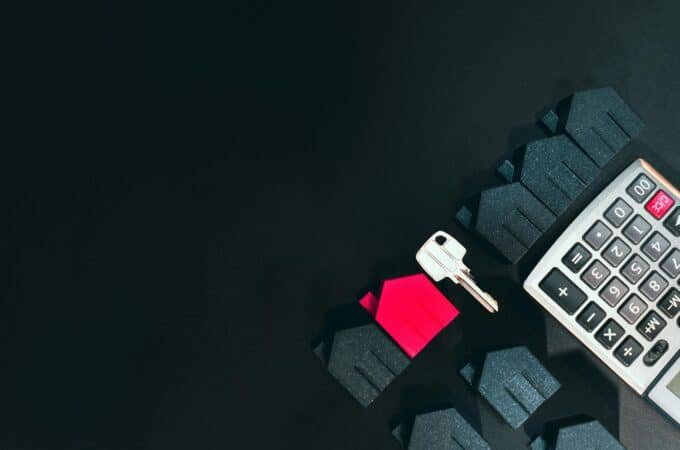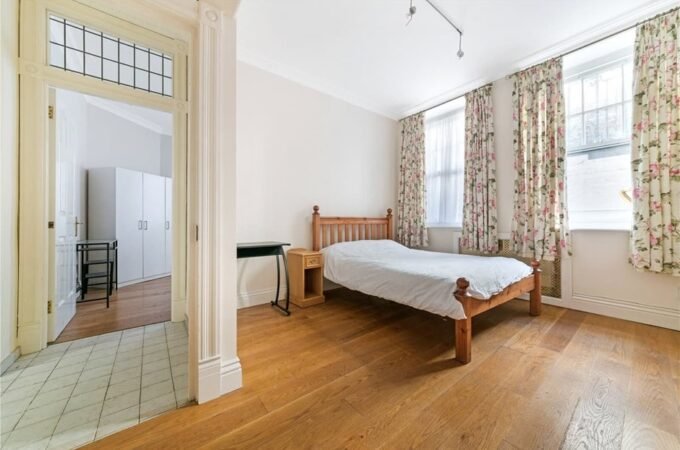How to Handle Tile Mold & Bacteria in Your Rental Property
Mold has been dominating science fairs and conquering bacterial infections for more than 75 years.
Penicillin is a naturally occurring mold that has been used as a critical component in antibiotics since 1942.
More recently, mold has been striking fear in the hearts of landlords everywhere.
Mold is a fungus that grows everywhere on earth, so why does it top the list of things that landlords and tenants alike fear?
Table of Contents
ToggleWhat’s so Scary About a Fungi?
Not all species of mold are dangerous to the health of animals and humans; however, studies show that others can lead to chronic and severe health conditions.
Health risks attributed to mold exposure range from mild to extreme but generally fall into one of these categories:
- Allergenic
- Pathogenic
- Toxigenic
Allergenic Molds cause allergies and allergic reactions such as asthma attacks, respiratory tract inflammation, and nose and mouth irritation.
Pathogenic Molds cause serious health problems in those suffering from an acute illness.
Toxigenic Molds produce toxic substances that can lead to extremely dangerous or even deadly health complications. Stachybotrys is the most common household toxigenic mold. It is sometimes referred to as “toxic mold” or “black mold.”
Offense is the Best Defense
There are several ways to stop and prevent mold and mildew growth, but prevention boils down to keeping surfaces as dry as possible.
Increase ventilation. Install exhaust fans. If installing an extractor fan is unrealistic, running a fan, opening a window, and frequent cleanings can help prevent mold from occurring or coming back.
Use efficient mold-killing chemicals to clean the bathrooms. Bleach, vinegar, or hydrogen peroxide will all work at killing mold before it has time to spread. Be sure not to mix these products to avoid toxic fumes.
Maintain Sealer and Caulking. Remove and replace any deteriorated or damaged caulk or sealants. Do not paint or caulk moldy surfaces. Be sure to use a silicone-based caulk for a waterproof surface.
Outline Guidelines on Prevention. The daily prevention falls under the responsibility of your tenants. They should be sure to keep surface areas dry, perform regular cleanings, and report any potential problems immediately.
Are you Legally Responsible?
While some states have mold-specific mandates, there is no federal law mandating an appropriate course of action to clean up mold in a rental unit.
Landlords may be free from responsibility if the problem was directly caused by and not reported by your tenant.
That being said, the presence of toxic mold in your rental can lead to severe health problems for your tenants, potentially violating the implied warranty of habitability.
The absence of a law does not negate the fact that you are on the hook for genuine hazards caused by property defects as a landlord.
Being prepared with a plan of action beforehand can save thousands of dollars and the health and well-being of your renters.
What to Do if You Receive a Mold Complaint
Schedule and Conduct an Inspection as Soon as Possible. If you receive a report of mold from your tenant, you should make sure to inspect the area as soon as possible to determine if it is mold.
Check Your State Laws. Some states have mandated timeframes and protocols that must be followed in the event of a mold complaint.
Protect Yourself. Avoid health risks of mycotoxins by wearing gloves and an N-95 mask before being exposed to possible mold.
Kill the Moisture Source. Repair plumbing leaks and other water problems as soon as possible. Dry all surfaces thoroughly.
Remove the Mold. While bleach is effective for cleaning surface mold, it can result in toxic fumes and doesn’t attack the mold spores below the surface. Use a detergent that explicitly states its effectiveness on mold, or use a biocide from your local hardware store.
If you prefer a more natural option, Borax or distilled white vinegar mixed with baking soda can also kill the root spores.
Not all mold can be seen on the surface
Mold causes damage to whatever it grows on. The longer mold goes untreated, the more devastating that damage can be.
If your tenants report, or you see any of these signs of mold in your rental, you might need more than a DIY cleaning job:
- Water damage
- Visible discoloration
- Deterioration
- Leaks
- Musty or odd odor
When to Call a Professional
Toxic Source. If the mold resulted from water damage caused by sewage or contaminated water, consult with a licensed professional who has experience cleaning and fixing buildings with contaminated water damage.
Large Surface Area. The EPA suggests you call a licensed professional to assess and treat any areas of visible mold larger than 10 square feet.
Your tenants are experiencing health-related signs of mold exposure. If your renters are experiencing physical symptoms of mold exposure, it’s better to have a licensed professional handle the clean-up or remediation needed.
Symptoms include:
- Feeling fatigued
- Chronic cough
- Skin irritation
- Shortness of breath
- Burning or tightness in airways
You Don’t Know the Best Course of Action. A prudent business owner knows when it’s time to call in the experts. If you are unsure if mold is your problem or how to be rid of it, reach out to a licensed professional.
A property management company can ensure you have a solid mold response plan that is compliant with your state’s laws and regulations.
Even better, they can handle the call when it comes in and see the process through to the mold-free, healthy end.

Benjamin Ortiz is a digital marketing expert. He currently runs an SEO agency and a survival gear review blog.





